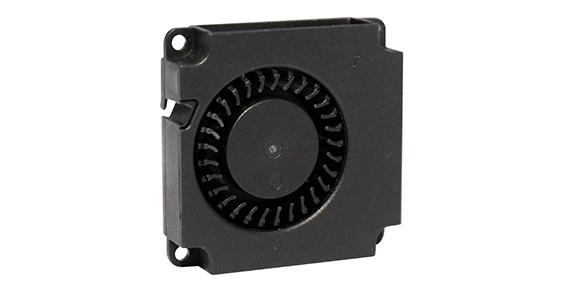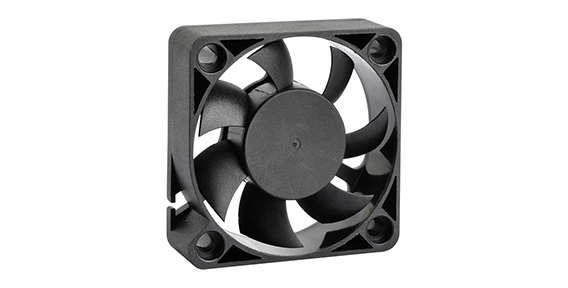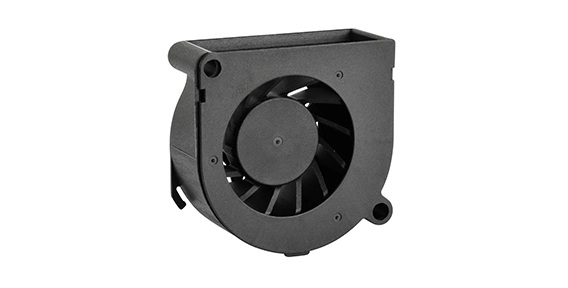In today's rapidly advancing technological landscape, keeping computer systems cool is of utmost importance. Excessive heat can lead to reduced performance, system crashes, and even permanent damage to the hardware. This is where DC 5V CPU cooling fans come in, offering an efficient and effective cooling solution for computer systems. In this article, we will explore the different types of DC 5V CPU cooling fans, how to select the right one for your system, and common issues and troubleshooting tips associated with these fans.
Types of DC 5V CPU Cooling Fans
DC 5V CPU cooling fans come in various types, each with its own set of advantages and applications. One common type is the axial cooling fan. These fans work by pulling air from one end and pushing it out the other in a straight line parallel to the fan's axis. They are compact in size and provide efficient cooling for computer systems with limited space. Axial cooling fans are commonly used in laptops or small form-factor PCs due to their low power consumption and quiet operation.
Another type of DC 5V CPU cooling fan is the centrifugal fan. These fans generate airflow by drawing air into the center and expelling it radially. Centrifugal fans are powerful and effective in cooling systems with higher heat dissipation requirements. They are often used in gaming PCs or servers where cooling is crucial for optimal performance.

How to Select the Right DC 5V CPU Cooling Fan for Your System
Choosing the right DC 5V CPU cooling fan for your system is essential to ensure efficient cooling and longevity of your hardware. Here are a few factors to consider when selecting a fan:
Size: Determine the available space in your system and choose a fan that fits comfortably without obstructing other components or causing airflow restrictions.
Cooling capacity: Consider the heat dissipation requirements of your system. Higher-performance systems may require fans with greater airflow and static pressure capabilities.
Noise levels: Look for fans that offer quiet operation if noise is a concern, especially for systems used in quiet environments such as home offices.
Power consumption: Ensure that the fan operates within the power limitations of your system to avoid any compatibility issues or power supply overload.
Common Issues and Troubleshooting with DC 5V CPU Cooling Fans
While DC cooling fans are generally reliable, they may encounter several common issues. Here are a few troubleshooting tips:
Noisy operation: If your fan starts making unusual noises, it may be due to dust buildup or a faulty bearing. Cleaning the fan or replacing it if necessary can often resolve this issue.
Overheating: If your system continues to overheat despite the fan operating, check for any obstructions blocking the airflow, ensure proper fan installation, and monitor the system's overall cooling capabilities.
Fan not spinning: If the fan fails to spin, it may indicate a connectivity issue or a faulty fan. Ensure that the fan is securely connected and try replacing it if needed.
In conclusion, DC 5V CPU cooling fans offer efficient and effective cooling solutions for computer systems. Understanding the different types of fans, selecting the right one for your system, and troubleshooting common issues will help ensure optimal cooling performance and the longevity of your hardware. Whether it's an axial cooling fan or a centrifugal fan, investing in proper cooling solutions is paramount in maintaining a stable and high-performing computer system.


 EN
EN 
 +
+
 +
+
 +
+



